How to make a house for a guinea pig with your own hands?

Gone are the days when guinea pig owners kept their pets in a paddock in their backyard with little or no family interaction. Now many owners prefer to keep pigs in the house, their pets automatically become pets. Every guinea pig needs a comfortable house. This article will tell you how you can create a comfortable home for your pet with your own hands.
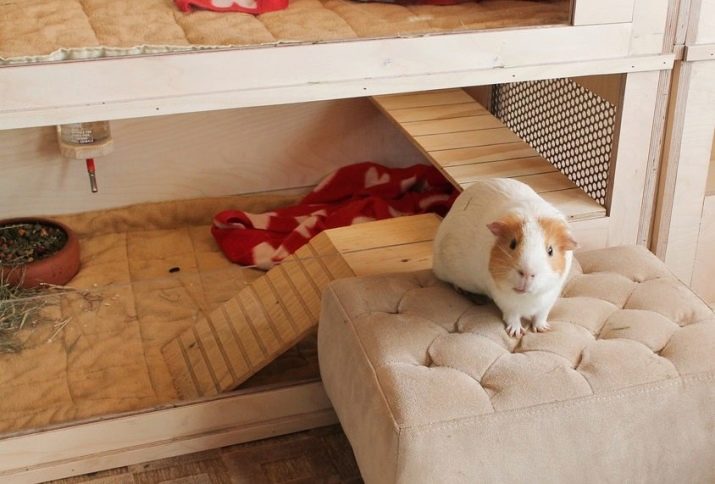
Accommodation features
An indoor guinea pig house has many benefits. For example, it becomes possible to control the movement of air inside the house if the walls are made of wire in the form of a cage. In addition, the cage will allow guinea pigs to stay involved in the activities in the room, thus spending time with their beloved owners.

Although guinea pigs are small animals, they need a lot of space to run and exercise to be happy and healthy. For this reason, it is better to choose rather large and free cells and houses. Exercise is very important for healthy guinea pigs. The best way for them to stay mobile is to run in circles around their home. If the area of the house is too small, the animals will be bored, they risk serious health problems, for example, heart disease or diabetes.
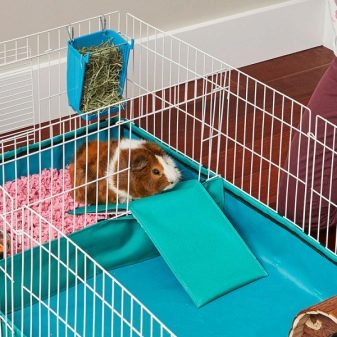
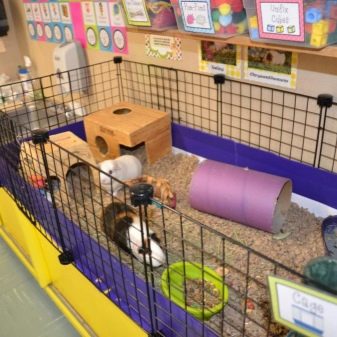
Suitable home
Making a guinea pig house can be pretty simple and fun. A homemade house can be a great place for a pet to live in a living room. And here everyone can get creative in creating the perfect hideaway for their pet.
Most pet store cages are too small for your guinea pigs to exhibit natural behavior and live the life they deserve. To create the perfect pet home yourself, you might consider creating a cage from a plastic pallet and wire inserts instead of impenetrable walls. Respectively, a plastic tray forms the base for the cage.
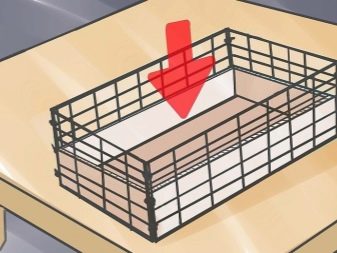
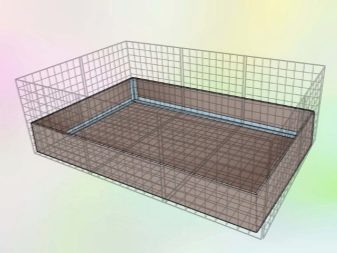
Making a cage on our own
To create your own cage, you may need materials that can always be found at hardware stores or on the Internet. To build a cage, you will need a sheet of plastic large enough to form the base of your cage, and a metal grid “cubed” to form the walls of the house. To ensure that your pet has the necessary space, experts recommend adhering to the following sizes, depending on the number of guinea pigs:
- 1 guinea pig: area - 0.7 sq. m, mesh size - 76x91 cm;
- 2 guinea pigs: area - 0.7 sq. m, mesh size 76x127 cm;
- 3 guinea pigs: area - 1 sq. m, mesh size - 76x157cm;
- 4 guinea pigs: area - 1.2 sq. m, mesh size - 76x193cm.
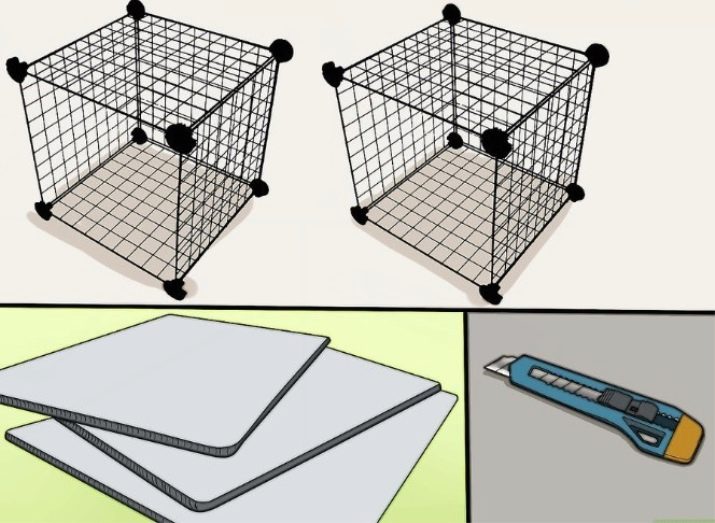
If you cannot calculate and draw a scheme according to which you will make a cage for guinea pigs on your own, take a look on the Internet, there are many ready-made solutions. One of the options should definitely fit and be ideal when creating the best house for your pets.
Drawings will help you to correctly assemble the cage so that the guinea pigs have veins in a good dwelling for a long time.
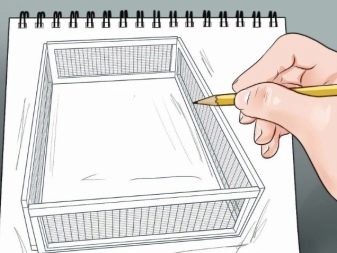
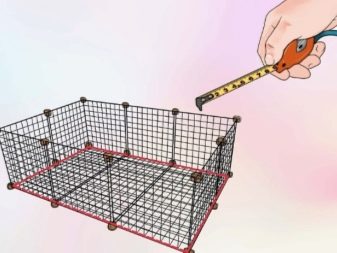
All suspended structures inside the house can be designed and manufactured from readily available and inexpensive materials. All it takes is time, a few basic building tools, and a little imagination. Making a guinea pig house is the perfect way to get creative. Whether it's an L-shaped dwelling or using different levels, making your own creation means you can make it exactly the way you want it.
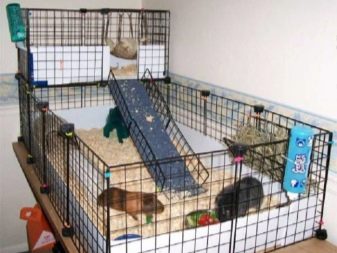

Undoubtedly, seeing piglets running with joy and making joyful squealing sounds is happiness for every owner. The best place in your house for guinea pigs is a room that is not too warm or too damp, otherwise the guinea pigs might just get sick.
Choose a safe place away from other pets and loud noises, but close to your family.
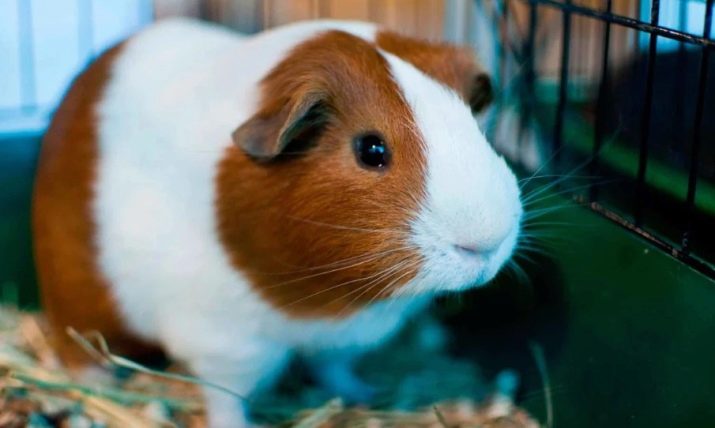
The best material for cage equipment
Once you've finished building your guinea pig house, you can begin to equip it inside to make it softer, warmer and more comfortable for the animals. For whatever material is selected, for a hammock or for a crib, you should choose only absorbent fabric, since guinea pigs do not use trays, as rabbits can, for example.
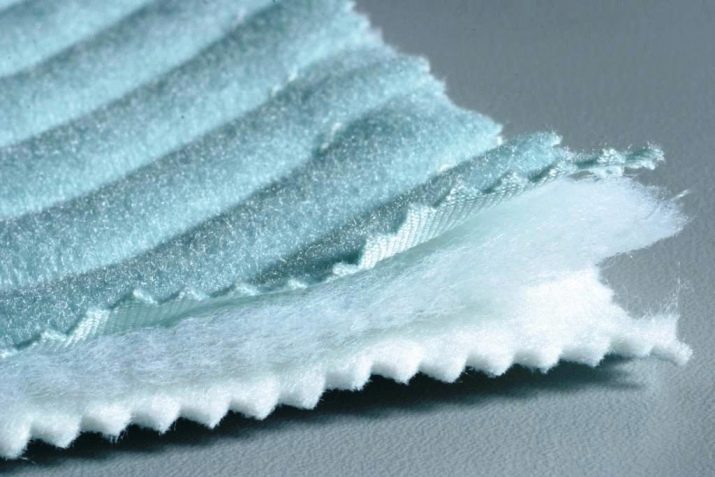
To create a cozy cage, you can use recycled shredded paper, wood shavings, or paper towels. The important thing to remember here is to avoid any wood shavings that may have a high content of essential oils or preservatives as these can be poisonous to pets. Both wood chips and shredded paper are for single use and must be disposed of and replaced if contaminated.
Make sure that the wood chips or paper are not wet at all times.
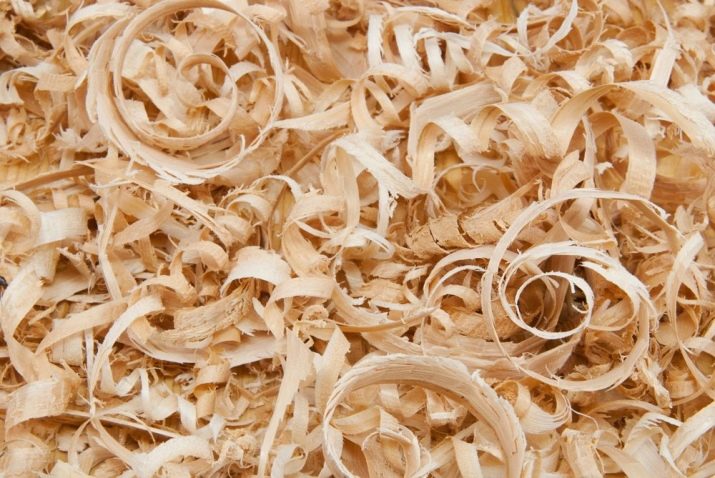
Using layered towels or wool can be more effective as the material can be washed and reused. You can get creative with flowers and patterns to create a separate small guinea pig palace in the cage. This is the place where they will sleep and hide.
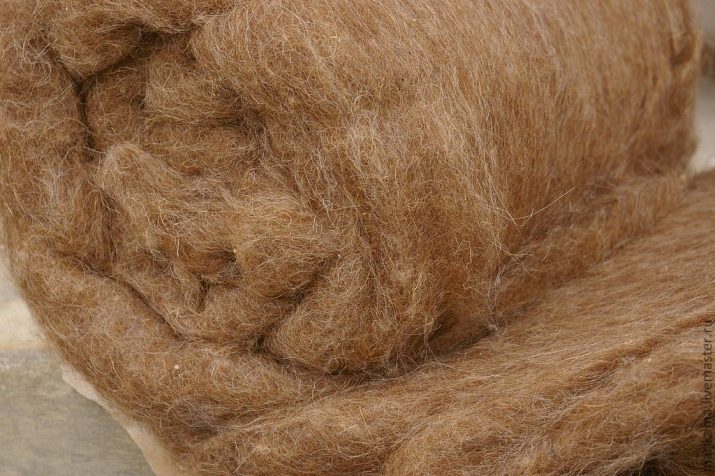
All about the details
After creating the house, you can proceed to the arrangement and formation of soft pillows for your pets.Guinea pigs need a lot of movement, they also need entertainment. For example, the favorite pastimes of pigs is running through tunnels back and forth, pigs like to climb and descend on ramps and hide in shelters.
The tunnels can be made to any length to suit the new home. It is better to make them from plastic material, so it will be easier to wash them, besides, plastic practically does not get dirty due to its smooth surface. Tunnels can also be made from cardboard wrapped in pieces of an old blanket.
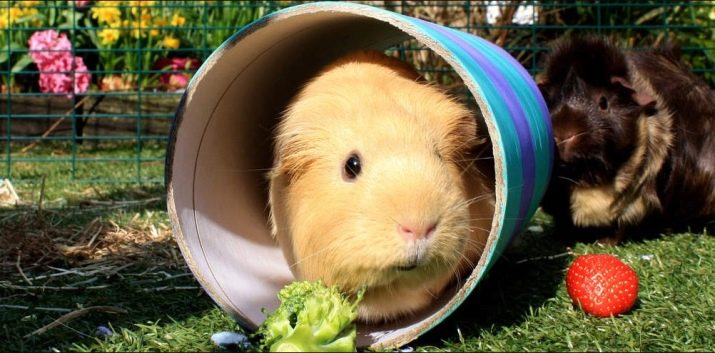
Create your own ramps that will lead to the ceiling of the cage so that the pigs run up and then down. It is better to make such ramps from safe plastic or wood. These materials can also be used to create platforms and dens for guinea pigs to hide in. Note that your guinea pigs will need a place in the cage to hide and sleep.
If the home and materials you use for your guinea pigs are harmless and healthy, you will create the perfect home for your pet.
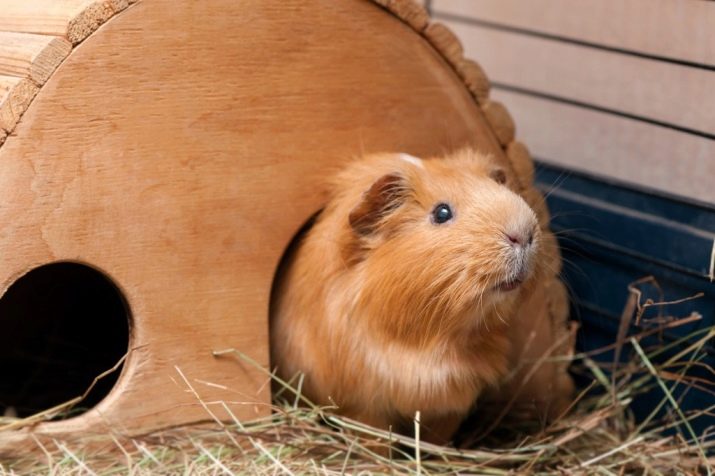
For a video on how to make a guinea pig house, see below.








